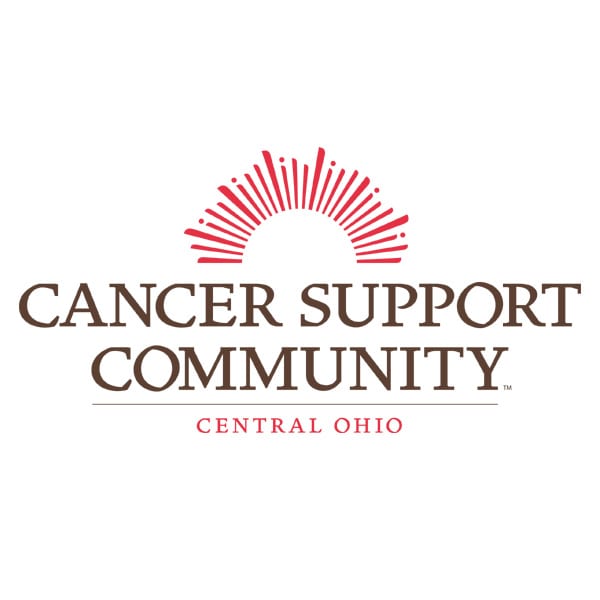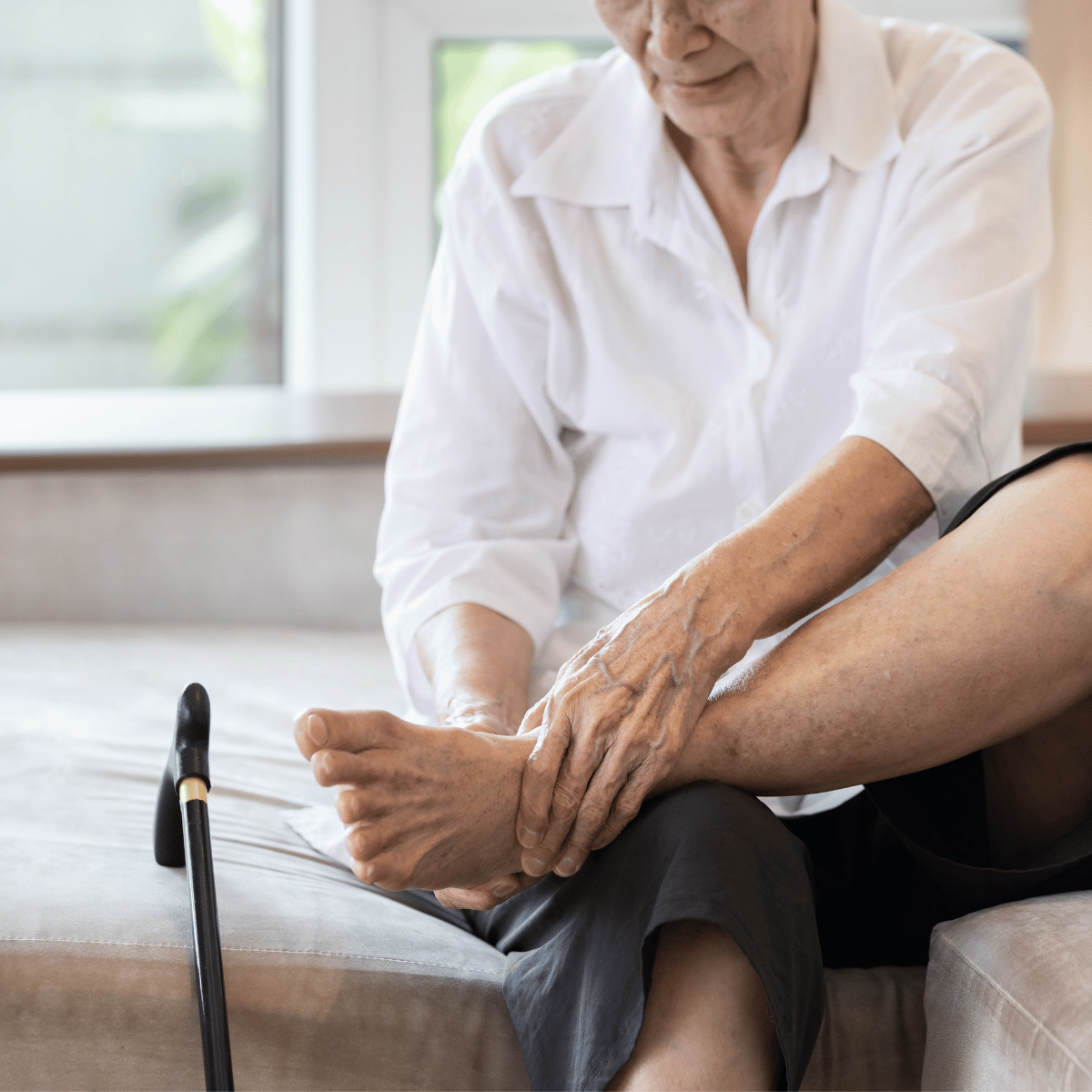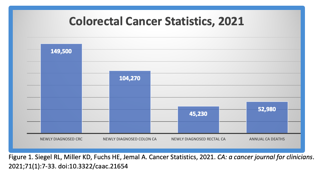Cooking for Wellness: A Guide for Cancer Patients
When navigating the complex journey of a cancer diagnosis, wellness often seems like an elusive concept. However, focusing on good nutrition and...
4 min read
 Cancer Support Community
Aug 27, 2023 9:45:25 AM
Cancer Support Community
Aug 27, 2023 9:45:25 AM

In the realm of healthcare and medical journeys, none might be more personal and challenging than a diagnosis of breast cancer. It's a life-altering situation that ushers in a storm of emotional, physical, and psychological changes. At the Cancer Support Community Central Ohio (CSCCO), we understand this deeply and are here to navigate through this storm together.
Breast cancer is a complex disease with variations in types, stages, and treatment approaches. It affects women and men of all ages, races, and socioeconomic backgrounds, making it one of the most common forms of cancer worldwide. The American Cancer Society estimated in 2020 that about 1 in 8 U.S. women would develop invasive breast cancer during their lifetime.
Understanding your diagnosis is the first step to empowerment. Various types of breast cancer exist, from non-invasive types like ductal carcinoma in situ (DCIS) to invasive forms like invasive ductal carcinoma (IDC) and inflammatory breast cancer. Each type brings different challenges and treatment paths, and knowing your specific diagnosis can help you approach it with informed decisions.
Breast cancer can bring a whirlwind of emotions and challenges, from fear and anxiety to the physical toll of treatment. But no one has to face these challenges alone. A strong support system is a powerful tool in this journey, offering emotional relief, practical help, and a sense of belonging.
Research has demonstrated that peer support can significantly improve the quality of life and psychological well-being of breast cancer patients. The power of support during a breast cancer journey is undeniable and backed by numerous research studies. Understanding these statistics can underline the importance and impact of emotional, psychological, and practical support during this challenging journey.
It's clear from these statistics that the power of support cannot be understated in the cancer journey. A strong support network can transform this challenging journey, offering solace, companionship, and a sense of community in times when it is most needed. At Cancer Support Community Central Ohio, our goal is to ensure that every individual facing the challenge of breast cancer is enveloped in this supportive, empowering network.
Located in the heart of Columbus, Ohio, CSCCO offers various virtual and in-person support services, including support groups, educational workshops, healthy lifestyle classes, and one-on-one counseling. These programs aim to create a sense of community, reduce feelings of isolation, and offer a platform for sharing experiences and learning from others who have been in the same shoes.
Our support groups offer a safe and comfortable space for people to discuss their experiences, fears, and hopes with others who understand. Our educational workshops empower individuals with knowledge about their diagnosis, treatments, and coping strategies. We also provide healthy lifestyle classes such as yoga, mindfulness, nutrition counseling, and cooking for wellness classes to promote physical well-being and stress reduction. We offer a Personalized Care Plan to all participants, including patients, caregivers, and loved ones.
Our one-on-one counseling sessions provide personalized support and guidance. Whether you're a patient, survivor, family member, friend, or caregiver, we are here to help you navigate this challenging journey.
Breast cancer is a formidable adversary, but together, we are stronger. In our shared experiences, we find strength and hope. Whether you're recently diagnosed, in the midst of treatment, or are a survivor, we welcome you to find your community here at Cancer Support Community of Central Ohio.
Through understanding, support, and community, we can navigate the ups and downs of the breast cancer journey together. Let us lean on each other and draw strength from shared experiences, shared courage, and shared resilience.
Remember, you are not alone. And at the Cancer Support Community Central Ohio, we believe that community is stronger than cancer. Read our inspiring stories of support.
Additional Resources:
Ohio Department of Health.

When navigating the complex journey of a cancer diagnosis, wellness often seems like an elusive concept. However, focusing on good nutrition and...

What is peripheral neuropathy? Peripheral neuropathy is a common side effect of cancer and its treatments, affecting many patients during and after...

Colorectal cancer by the numbers Globally, colorectal cancer (CRC) is the 2nd most common cancer in females and the 3rd most common cancer in males....